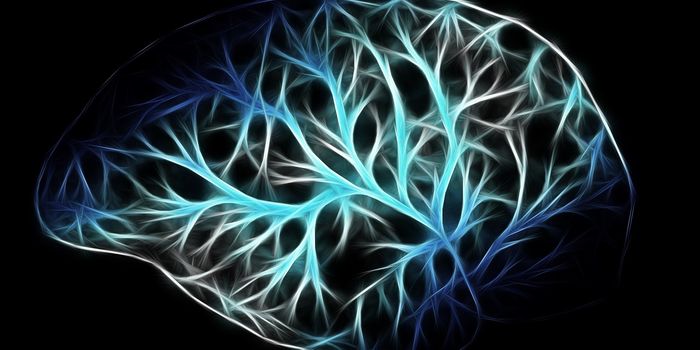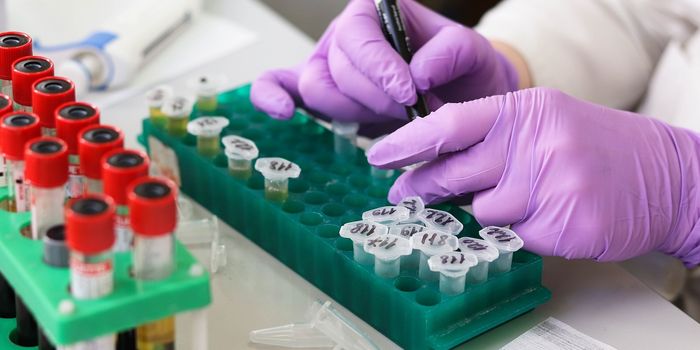New Protein Discovery Could Be Useful for Alzheimer's Treatments
Alzheimer's is a disease that impairs the brain's ability to carry out simple tasks and even causes dementia. Dementia is the byproduct of a decline in cognitive function. Alzheimer's affects the brain via toxic proteins and pathological buildups that ultimately stop neuron function and cause cell death.1
One of these toxic pathological markers in the brain is amyloid plaques (also known as amyloid protein or amyloid-β.) There is a hypothesis 2 that the accumulation of amyloid protein is the causative agent in Alzheimer’s disease. The theory also states that all the symptoms of Alzheimer’s, such as dementia and vascular damage, are a result of these amyloid plaques.2 For example, aducanumab is a monoclonal antibody approved by the FDA for the treatment of Alzheimer’s. This drug targeting amyloid protein showed improved Alzheimer’s symptoms measured by Clinical Dementia rating.3
The approval of aducanumab has started a surge of novel interest in researching these amyloid aggregates. Using time-resolved spectroscopy to monitor amyloid-β aggregates at various sites, a group at Rice University was able to observe how these plaques form in real-time. Understanding how these plaques form can be streamlined by developing treatments to prevent that formation.
Check out this video to learn more about how time-resolved spectroscopy works in theory:
Using this time-resolved spectroscopy, they were able to discover a brand-new binding site, which was not discoverable through traditional steady-state spectroscopy! Uncovering this brand new binding site on amyloid-β plaques opened the door for developing new drugs that bind to this site or even aid in decreasing the toxicity of amyloid-β plaques to brain cells.
The novel method they used in discovering this new binding site can be extrapolated to various biomolecules, which could ultimately lead to the discovery of new binding sites in other disease states.
References
1 National Institute of Aging, 2021. https://www.nia.nih.gov/health
2 Alzheimer's Disease: The Amyloid Cascade Hypothesis J. A. Hardy and G. A. Higgins Science 1992 Vol. 256 Issue 5054 Pages 184-185 DOI: doi:10.1126/science.1566067 https://www.science.org/doi/abs/10.1126/science.1566067
3 Sevigny, J., Chiao, P., Bussière, T. et al. The antibody aducanumab reduces Aβ plaques in Alzheimer’s disease. Nature 537, 50–56 (2016). https://doi.org/10.1038/nature19323








